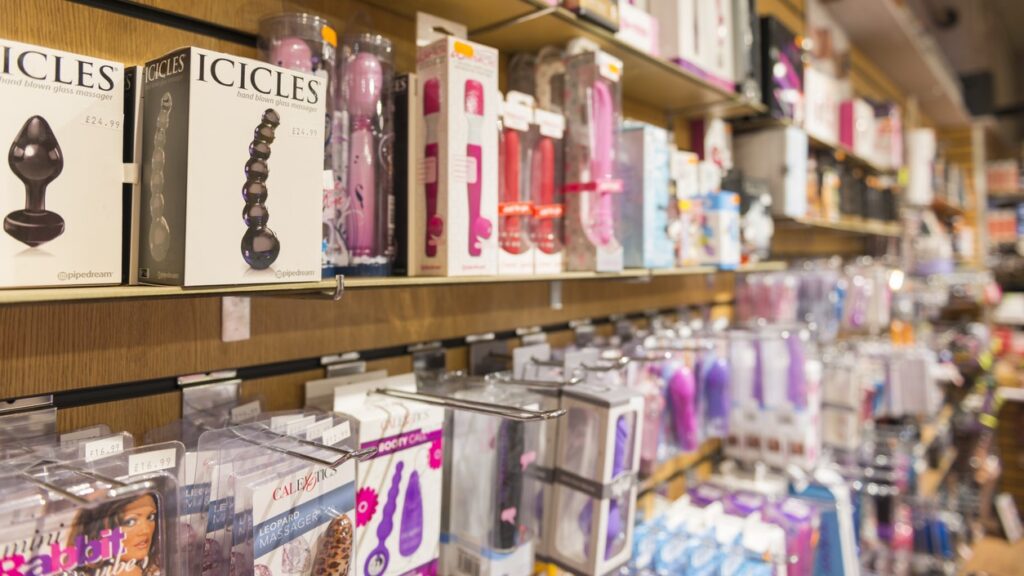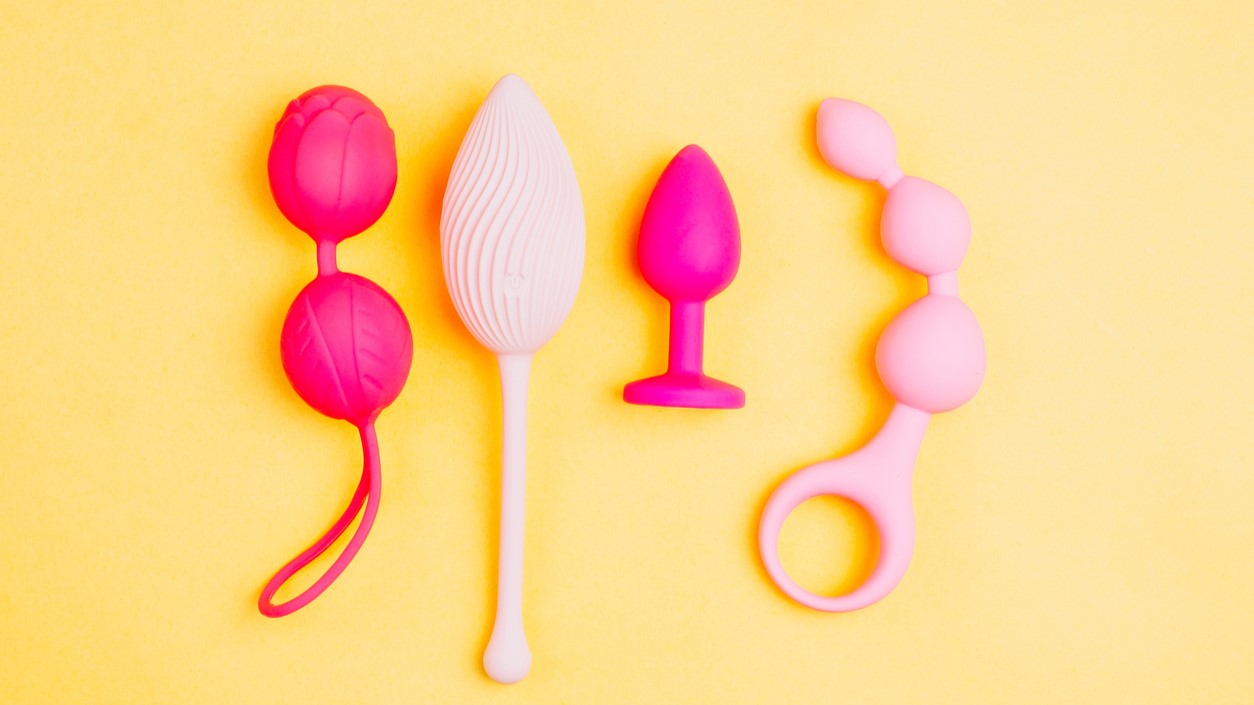Sex toys are for everybody.
Published in The Journal of Sex Research, a study across six European countries illuminates the prevalence of sex toy ownership and the diverse range of products enjoyed.
First in a three-part series, this article reveals findings related to age, gender, sexual orientation, as well as relationship and parental status.
The sex toy study

Peeking into the private lives of Europeans, the study aimed to uncover rates of sex toy ownership and usage, along with factors driving these trends.
Taking place in the spring of 2022, the researchers engaged a sample of 11,944 participants aged 18 to 80 from Denmark, Sweden, Norway, Finland, France, and the UK.
Danish online sex toy retailer Sinful ApS hired Danish market research firm Radius to gather the data, which was analyzed by researchers at the University of Copenhagen.
The following offers a snapshot of respondents’ demographics and lifestyles:
- Average age of participants: 42 years.
- About half identified as men and women each, with less than 1% identifying as “other.”
- Most participants (77%) identified as heterosexual.
- A majority (50%) were in a relationship and living with their partner.
- Almost two-thirds of the sample had children, with 36% having children living at home.
- Only 3% reported never having had a sexual partner.
Researchers examined whether gender, age, sexual orientation, educational level, parental status, number of sexual partners, and relationship status statistically predicted sex toy ownership.
The findings
More than half of respondents have embraced sex toys.
Dildos and vibrators were the most owned products, (50–60% of respondents), followed by penis rings, handcuffs, and anal sex toys (20–25% of respondents). Notably, educational level did not influence sex toy ownership.

Age and gender differences
Numerous factors influenced sex toy ownership and use, with age and gender showing the most significant effects.
Women, younger individuals, and those with more sexual partners are more likely to own sex toys. Yet, when men do own sex toys, they often own more than women.
Women also use sex toys alone more often, while men reported higher use with partners.
Sexual orientation
Heterosexual and homosexual individuals have similar rates of sex toy ownership. However, bisexuals are more likely to own sex toys compared to both homosexual and heterosexual individuals. Asexual individuals were least likely to own sex toys compared to other sexual orientations.
As for the number of sex toys owned, heterosexual individuals owned the fewest compared to those identifying as homosexual, bisexual, or asexual. There were no significant differences among the latter groups.
Relationships and parental status
Having more lifetime sexual partners is linked to owning more sex toys. In contrast, singles who aren’t dating are less likely to own sex toys.
As for parental status, having children at home increases the likelihood of owning a sex toy. People with children were also more likely to own more sex toys, regardless of whether children lived at home or not.
Just the tip of the dildo

Many Europeans enjoy erotic enhancement products.
The study provides insights into sex toy ownership and use across six countries, revealing that most respondents own them, particularly dildos and vibrators.
Age and gender were the best predictors for owning and using sex toys. However, researchers also revealed insights related to sexual orientation, educational level, number of sexual partners, and both relationship and parental status.
Upcoming articles in this series will unpack findings on solo and partnered use, country trends, and the impact of sex toy use on sexual, relationship, and life satisfaction.
Stay tuned for more research insights into the world of sex toys.



